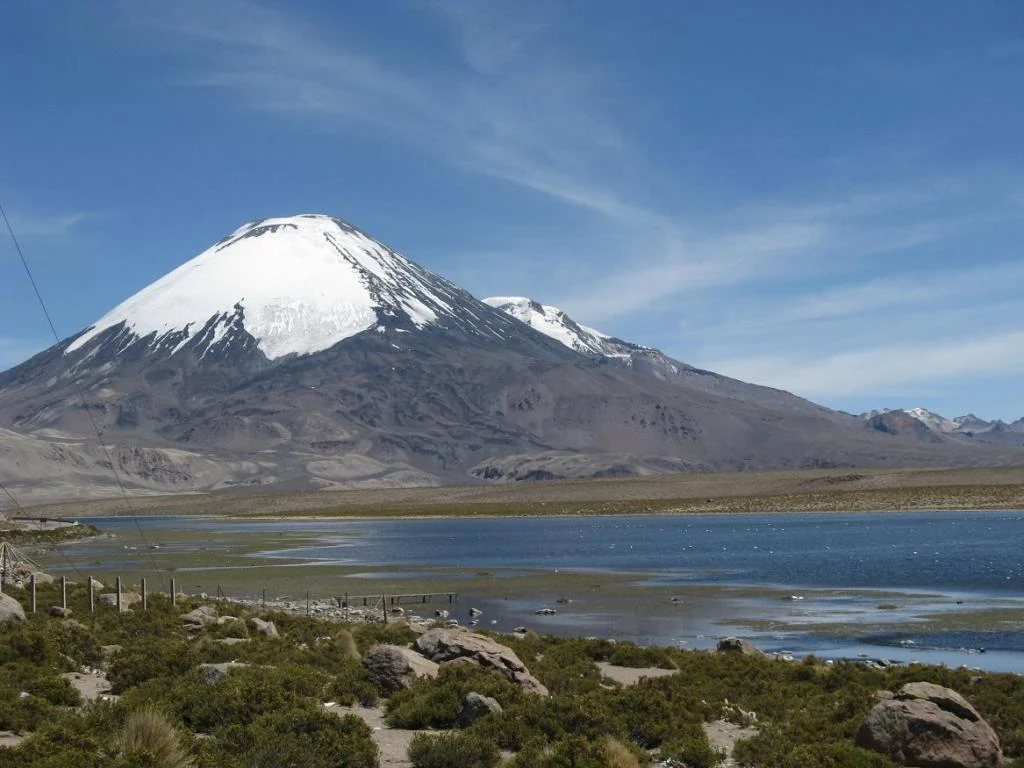 |
The Sajama National Park is located in the department of Oruro, Bolivia. It borders the Lauca National Park in Chile. The park is home to the indigenous people known as the Aymara, whose ancient culture can be traced in various. Unique cultural artifacts and ecological wonders are kept throughout the park, making it an exemplary destination for ecotourism.
Many native plants and animals are exclusive to the area, therefore its permanent conservation area is of great ecological importance. The Sajama National Park is managed through a participatory administrative approach, with local residents and conservationists in constant dialogue about the park's content and policies.
 |
| Sajama National Park |
Sajama National Park is the oldest national park in Bolivia. The park is located in the Central Andean dry region ecoregion . It features a spectacular Andean landscape with elevations ranging from 4,200 to 6,542 meters (13,780 to 21,463 feet). It contains the snow cone of the Sajama volcano, Bolivia's highest mountain at 6,542 meters. The park also includes the Payachata volcanic group.
 |
| Sajama National Park |
The area was declared a nature reserve in 1939 due to the local Quenhoa de Altura (Polylepis tarapacana) that grows on the slopes of this region. This shrub-like tree has adapted to the highlands and harsh climate of the Andes. At the time the area was declared a national park, this tree was heavily logged to produce charcoal to supply the Bolivian mines.
On July 1, 2003, it was added to the UNESCO World Heritage Tentative List due to its universal cultural and natural significance.